
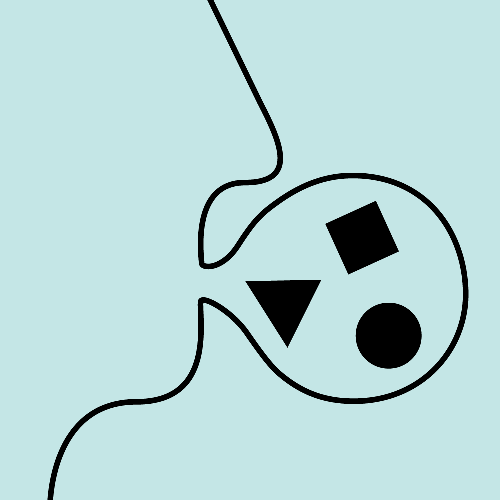
While the MOSS toolkit is being produced, we are offering you a brief insight into each of the nine soft skills that can be developed using methods and tools designed within this project:
is a process of information exchange, or more broadly, creating and exchanging meaning. Successful communication requires the ability to adapt to the listener, as well as actively listen, stay connected and interested in the partner. Communication also entails readiness to be seen, heard and express oneself. All kinds of movement practices that take place in pairs or groups usually require communication and negotiation, creating a space where a person can explore his or her own communication challenges and learn to address them better.
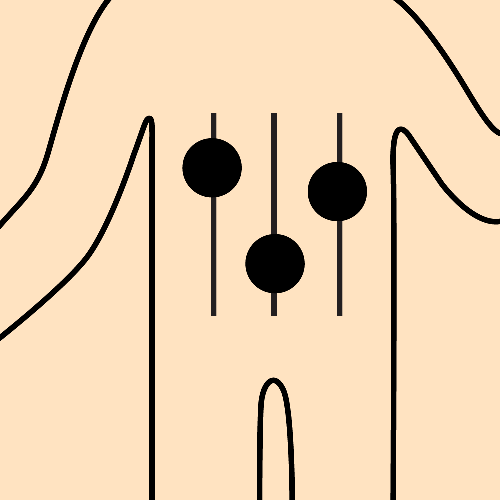
is the ability to manage emotions, impulses, energy, inner resources from within. It is responsible for keeping a healthy balance, which is expressed for example in the ability to take care of oneself in a relevant manner. Strategies for self-regulation may involve taking a pause between impulse and action, or learning to set boundaries. Going for a long distance hike might be a simple way to discover the power of the body to teach us to regulate ourselves, as it requires us to deal with tiredness, pain and lack of motivation, manage energy to be able to reach the destination or find the courage to stop the walk and admit our boundaries.


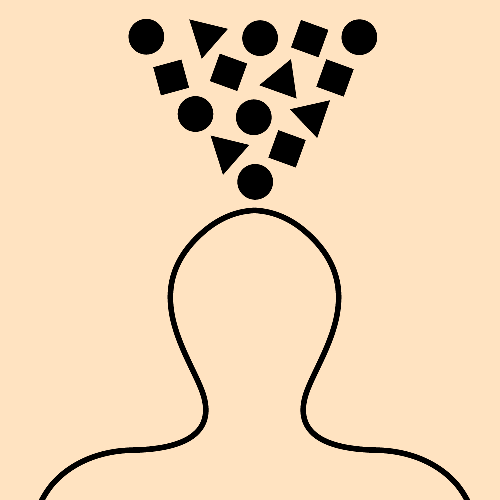
is a cognitive process, which leads to new, original ideas, concepts, definition of the problems and their solutions. An essential element of the creative process is the ability to perceive the world in new ways, transcend habitual ways of thinking or acting. It may be seeking new combinations, making connections between seemingly unrelated phenomena, finding hidden patterns and noticing new relationships among objects or concepts. In a narrower sense creativity can be defined also as an expression of ideas, imagination, experiences and emotions in a range of arts, and that we can practice through moving, dancing, building, crafting and other activities.

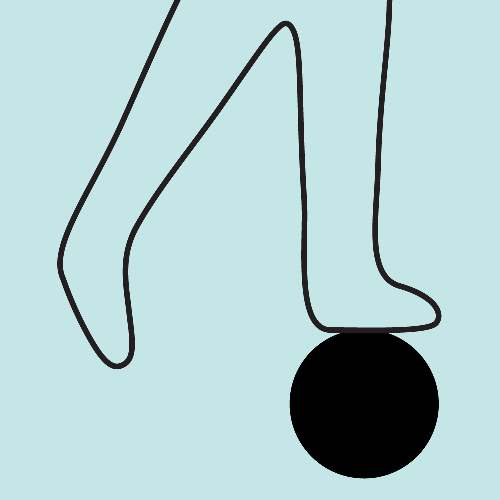
is an ability to change in different circumstances, while staying functional. Change often goes hand in hand with ambiguity, which makes uncertainty tolerance an important element of adaptability. Adaptability also requires the ability to see different options for course of action. It might require us to let go of certain expectations and stubbornness. Bodily practices such as improvisation and bodywork offer us plenty of different contexts where we can learn to listen, to act in ambiguous situations, adapt to our partners or certain movement possibilities and limitations.
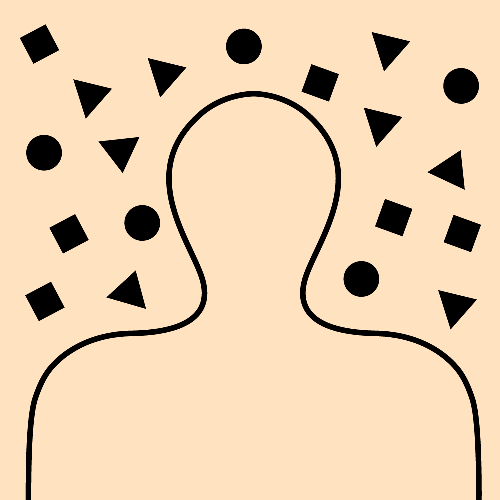
is the character, emotional environment, feeling or mood of a place or situation. It exists in space and in human interaction. Atmosphere is created by everybody's feelings and expression of them - things that are and are not being said aloud. It demands emotional intelligence - to sense the atmosphere and be able to change it. Introducing movement activities in a group is one of the ways to influence the atmosphere, for example, make it more playful and relaxed. Sharing moments of movement and touch also invites more trust and vulnerability - thus it is one of the most powerful tools we as educators have.


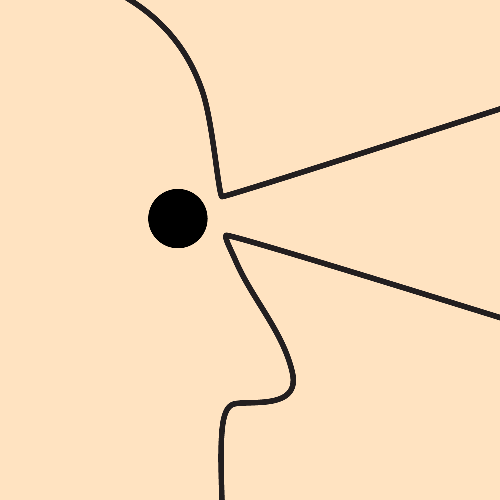
is the ability to turn an idea or a given goal into concrete actions in a team. Leading implies a direction towards the set goal and it is the leader’s task to ensure that goal is being reached. Leadership entails visioning, setting goals, instructing, serving, encouraging, taking responsibility, managing, facilitating and making decisions to name a few. With the help of movement activities we can explore different leadership styles and develop our authentic approach. We can become more aware of our behaviours, strengths and weaknesses as leaders, and we can experience those moments of being seen, taking space and empowering others to take space.
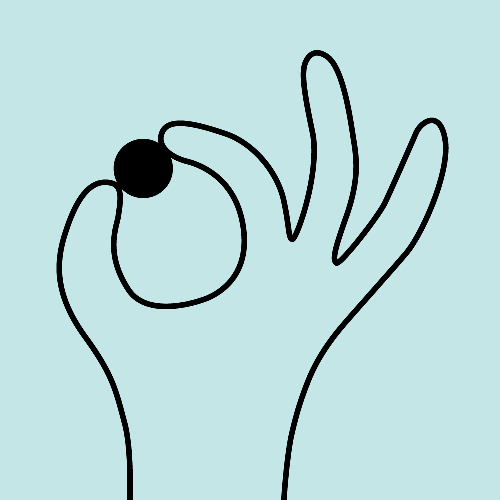
is the ability to shut out distractions and concentrate on a target stimulus - aim, task or a project - for any period of time, as well as the ability to recover quickly from a distraction or disruption. On a bigger scale, it is also the ability to define what is necessary and what is not relevant for any kind of work. While human average attention span is declining, the ability to focus is required more than ever. Attention has become one of our most valuable resources. Practices such as body scans and meditation teaches us to remain present with ourselves, others and environment, providing a powerful training of our skills to focus.

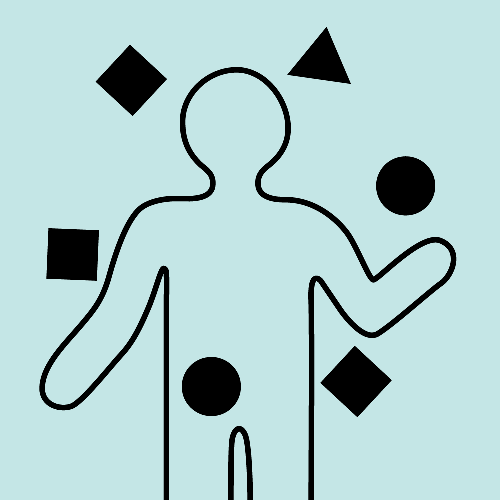
is the skill to comprehend, to understand and gain from the experience. It requires awareness of one’s learning process, preferences and needs. A good learner knows different learning strategies, recognises learning opportunities and is able to choose most suitable methods and tools. The ability to learn also includes evaluating one’s own work and identifying the need to seek support. Somatic approach can help us to discover the joy of learning through play and from mistakes, and give us courage to jump into the unknown and uncomfortable - as starting a new movement practice often requires a good amount of stretching your comfort zone, physically and mentally.
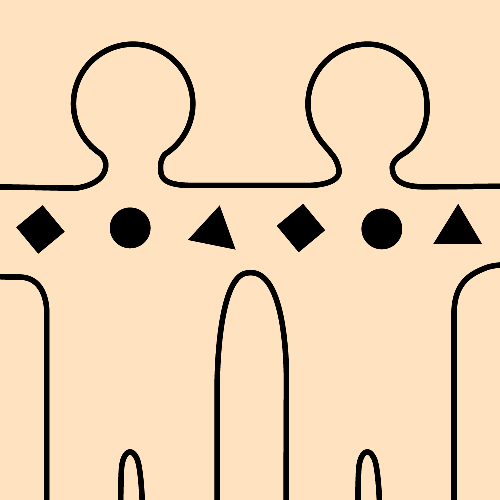
is working together to achieve a shared goal. Skilful team member contributes actively to team tasks, knows how to clarify roles and responsibilities in the team, promotes communication among team members and requests and offers support when needed. Important elements of teamwork are the ability to manage disagreements constructively and being aware of the team processes. Many traditional team building activities are based on tasks that require physically supporting each other, achieving together something we can’t do alone. Trying out partner acrobatics, learning massage techniques together or playing team sports can be a great starting point to become more skilled in teamwork.
The European Commission's support for the production of this website does not constitute an endorsement of the contents, which reflect the views only of the authors, and the Commission cannot be held responsible for any use which may be made of the information contained therein.